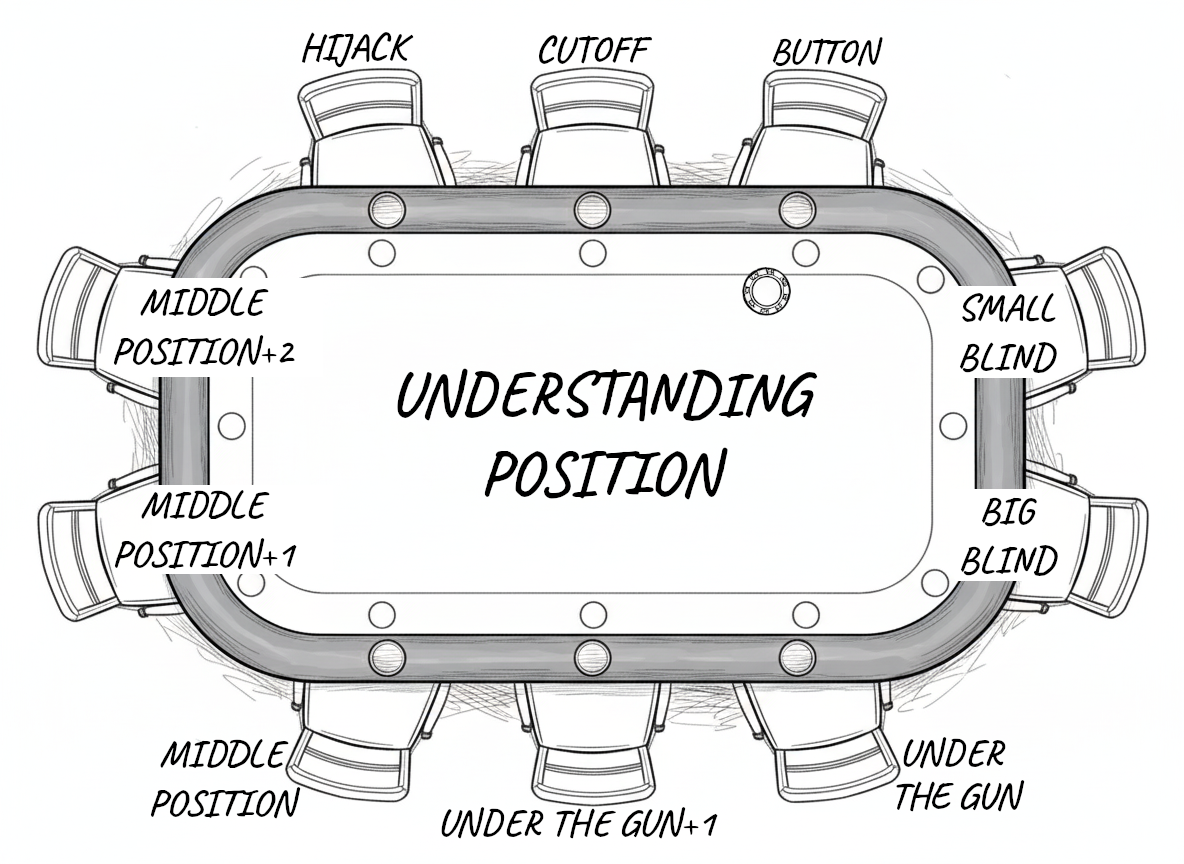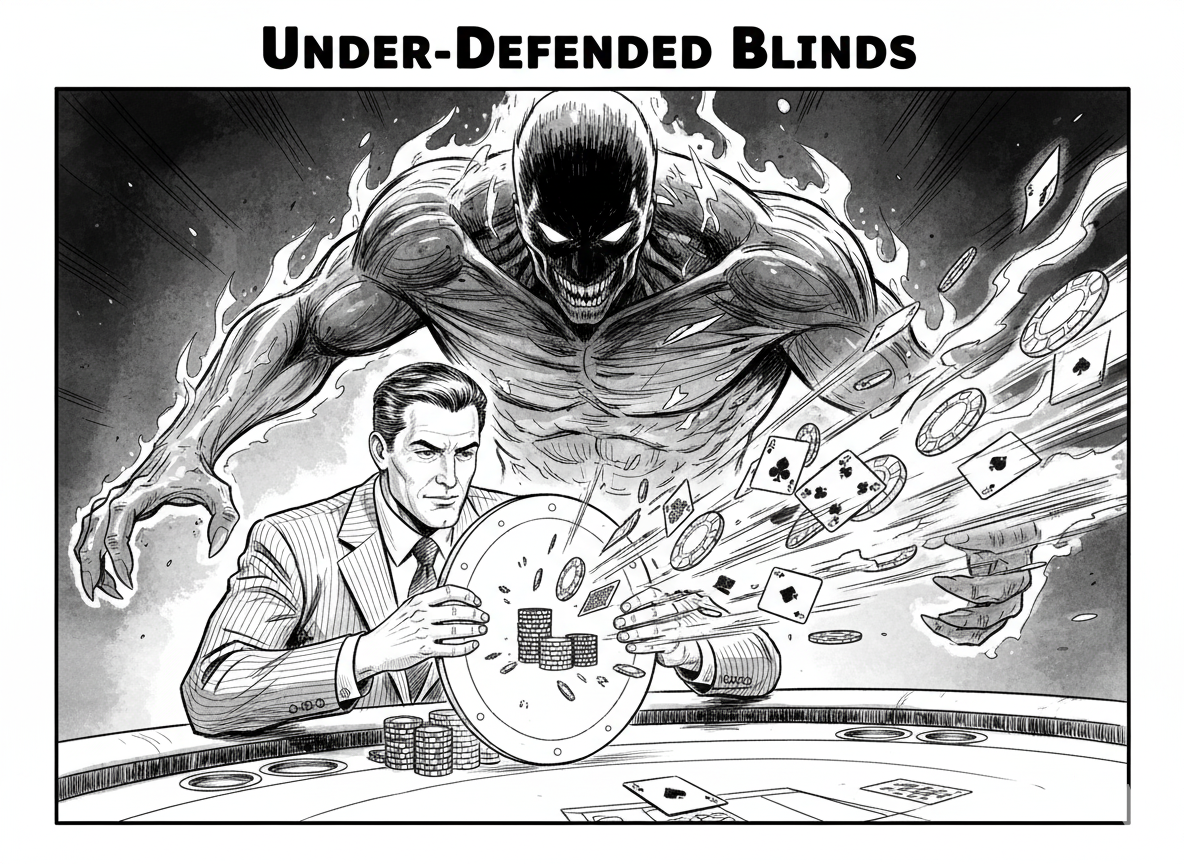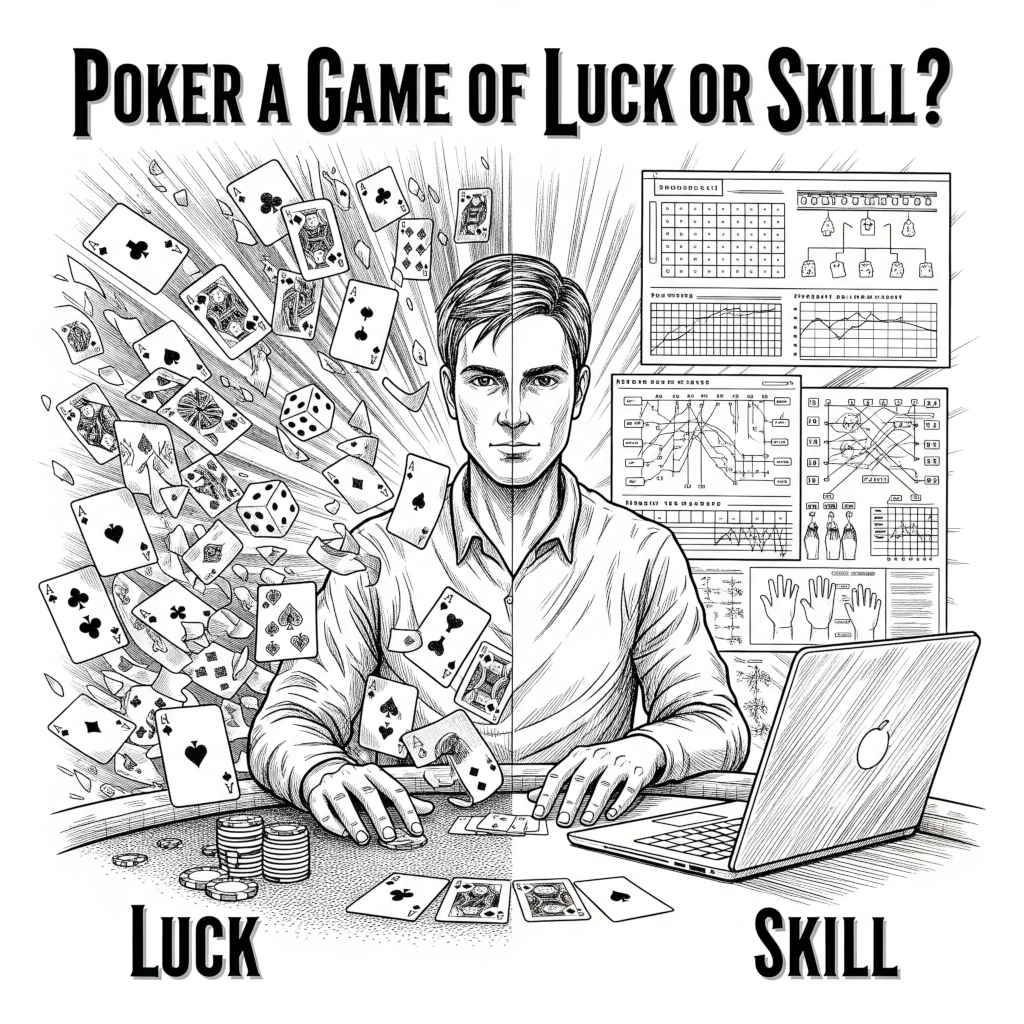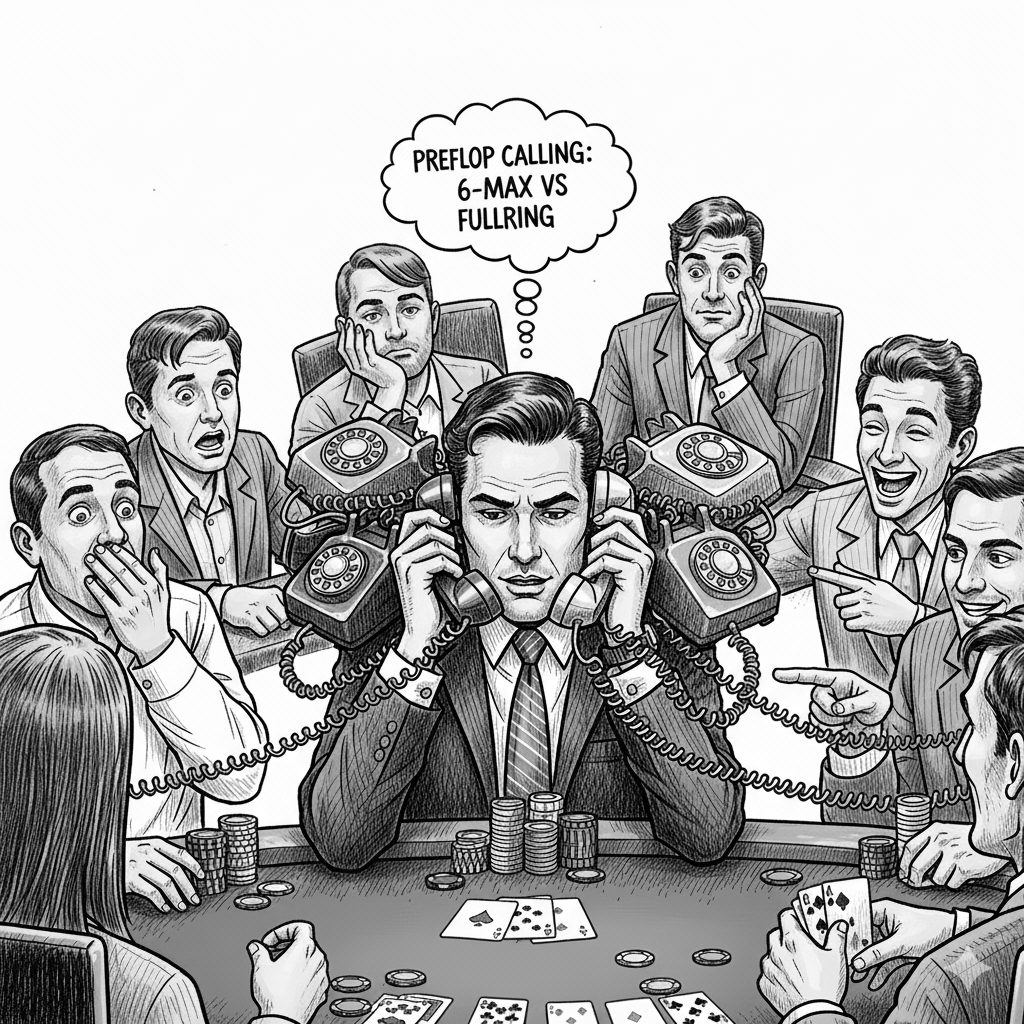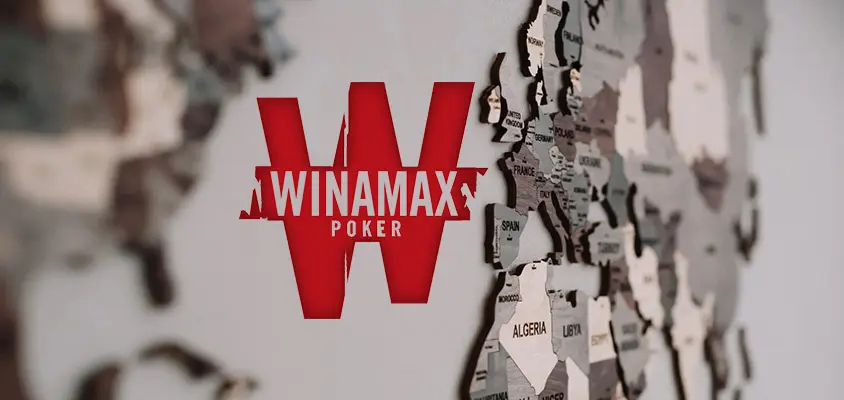The Biggest Preflop Mistakes in Poker
Preflop decision-making in poker establishes the foundation for all subsequent betting rounds. Errors made before the flop often propagate into compounded strategic disadvantages, leading to significant losses in expected value (EV). Drawing on cognitive science, probability theory, and strategic game analysis, this article identifies the most common preflop mistakes made by players across skill levels. By framing these mistakes within behavioral and decision-making research, the study offers evidence-based recommendations for improvement.
Despite its seemingly simple nature, preflop play requires balancing game-theoretic principles with exploitative adaptations. Research in strategic decision-making highlights that errors made early in a decision tree magnify downstream costs (Kahneman & Tversky, 1979). This article examines the most significant categories of preflop mistakes and situates them within cognitive and probabilistic frameworks.
Here are the most common preflop mistakes in poker:
Mistake 1: Playing Too Many Hands
One of the most frequent preflop errors is over-involvement, where players enter pots with excessively weak ranges. This stems from the availability heuristic (Tversky & Kahneman, 1973), in which the memory of winning with marginal holdings biases future play.
Consequences
- Reduced equity against opponent opening ranges
- Difficulty navigating postflop with dominated hands.
- Increased variance and negative EV.
Recommendation
Adopt structured opening ranges based on position and stack depth. Solvers demonstrate that tighter, positionally aware ranges maximize long-term profitability.
Mistake 2: Ignoring Position
Position—the order of action relative to opponents—provides an information advantage that strongly influences EV. Yet many players treat hands as absolute rather than relative to positional context.
Cognitive Basis
This error reflects a form of egocentric bias, where players overestimate their control of outcomes without accounting for information asymmetry (Pronin, 2008).
Recommendation
Adjust ranges dynamically: play fewer hands from early position and more from later positions. Structured review of solver outputs shows the dramatic impact of position on hand profitability.
Mistake 3: Improper Bet Sizing and Open Sizes
Another critical error lies in inconsistent or suboptimal raise sizes. Players often open too large (risking excessive chips) or too small (inviting multiway pots).
Consequences
- Poor risk-to-reward ratios.
- Lack of clarity in strategic intent.
- Increased exploitability by observant opponents.
Recommendation
Standardize open sizes according to stack depth and game type. For example, 2–2.5 big blinds is solver-approved for most online scenarios, with slight adjustments in live contexts where players defend less frequently.
Mistake 4: Incorrect 3-Betting Frequency
Players often misapply 3-bets, either by underutilizing them (becoming passive) or by overusing them (becoming exploitable).
Theoretical Basis
Game theory emphasizes that balanced aggression maintains indifference points in opponents’ ranges (Von Neumann & Morgenstern, 1944). A failure to 3-bet appropriately shifts the equilibrium.
Recommendation
Develop a mixed 3-bet strategy combining value hands (e.g., AKo, QQ+) and bluffs (e.g., suited connectors with blockers). Solver outputs suggest frequencies vary by position but typically require a non-negligible bluff component.
Mistake 5: Failing to Adjust for Stack Depth
Many players use static preflop strategies regardless of effective stack sizes, ignoring how depth alters implied odds and commitment levels.
Cognitive Basis
This reflects anchoring bias (Tversky & Kahneman, 1974), where players rigidly adhere to default ranges rather than adapting dynamically.
Consequences
- Calling with speculative hands without sufficient implied odds.
- Overcommitting with medium-strength hands in shallow stacks.
Recommendation
Adopt depth-adjusted strategies:
- Short stacks (<30bb): favor push/fold mechanics and reduce speculative calls.
- Deep stacks (>100bb): expand suited connectors and implied-odds hands, while being cautious of reverse implied odds with weak offsuit broadways.
Mistake 6: Cold Calling Too Frequently
Excessive cold calling—entering pots after an opponent’s raise without re-raising—creates range weaknesses and postflop challenges.
Strategic Impact
- Establishes capped ranges vulnerable to squeezes.
- Yields low average equity in multiway pots.
- Reduces fold equity relative to 3-betting.
Recommendation
Limit cold calls to select hands (e.g., pocket pairs for set-mining, strong suited broadways) and prefer 3-betting in most situations. This maintains aggression and protects ranges.
Conclusion
Preflop mistakes—ranging from overplaying weak hands to neglecting stack depth—form the foundation of strategic leaks in poker. These errors reflect not only mathematical misjudgments but also cognitive biases such as outcome bias, anchoring, and egocentric overconfidence. Correcting them requires structured study, solver-based review, and disciplined application of position- and depth-aware ranges. By minimizing preflop errors, players significantly improve postflop navigability and long-term EV.
References
- Kahneman, D., & Tversky, A. (1979). Prospect theory: An analysis of decision under risk. Econometrica, 47(2), 263–291.
- Pronin, E. (2008). How we see ourselves and how we see others. Science, 320(5880), 1177–1180.
- Tversky, A., & Kahneman, D. (1973). Availability: A heuristic for judging frequency and probability. Cognitive Psychology, 5(2), 207–232.
- Tversky, A., & Kahneman, D. (1974). Judgment under uncertainty: Heuristics and biases. Science, 185(4157), 1124–1131.
- Von Neumann, J., & Morgenstern, O. (1944). Theory of Games and Economic Behavior. Princeton University Press.

